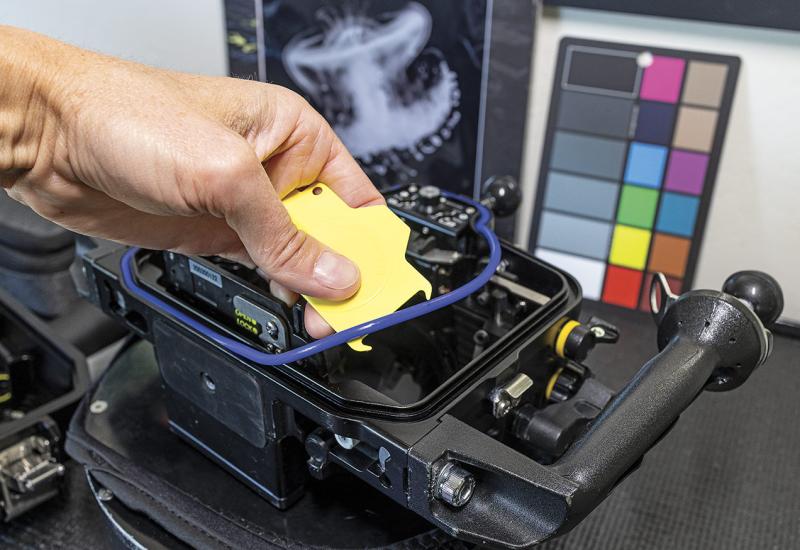The Best Underwater Cameras for Beginners
You’ve decided you want to start taking photos or videos of your dives. But as soon as you start researching what camera to buy, you quickly find out there are a plethora of options and mixed recommendations–many of which contradict each other.
So where do you spend your hard-earned cash?
This is a question I get asked constantly. So, just in time for holiday sales and sending Santa your wish list, I’m going to cut through the noise and walk you through my top recommendations for those just starting their underwater photo or video journey.
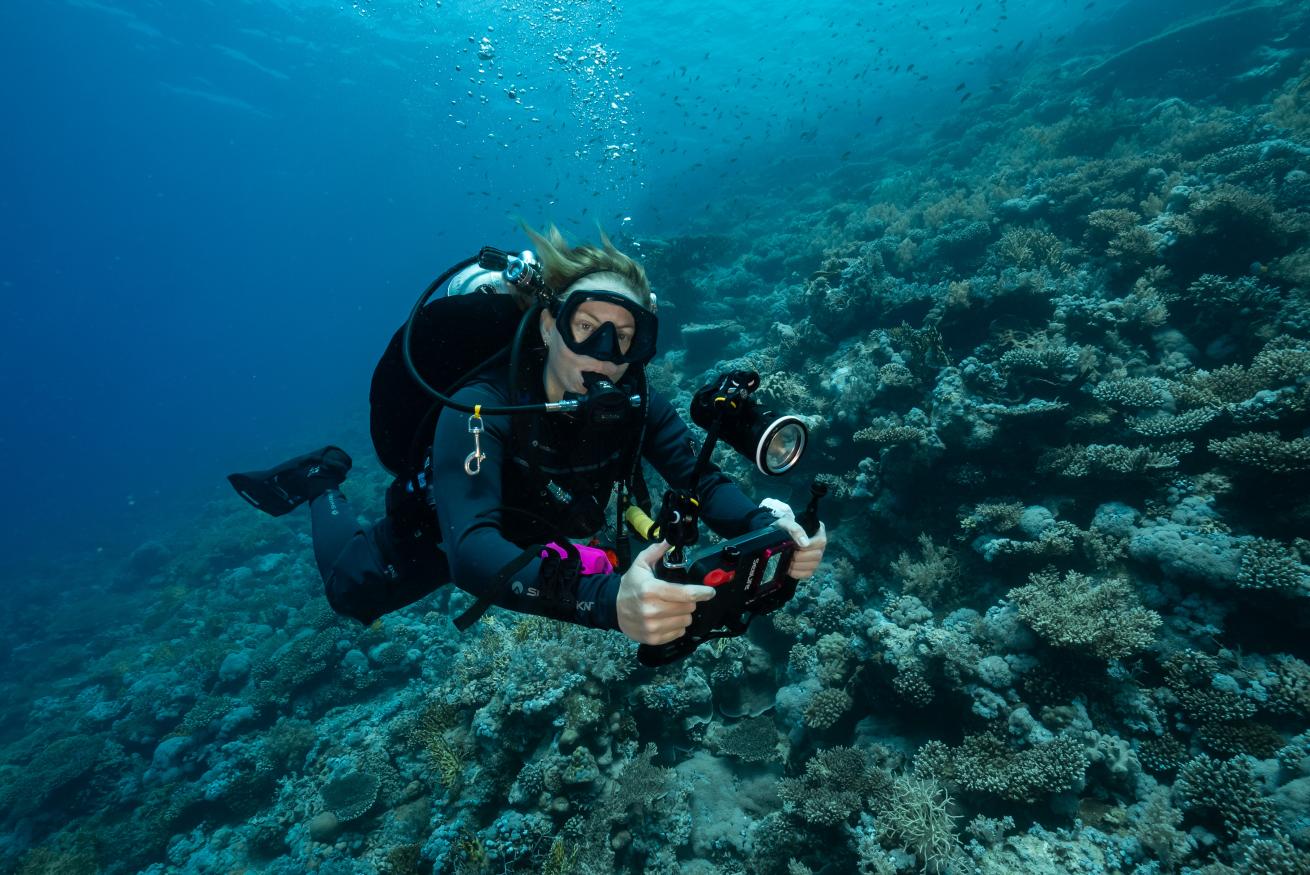
Kristin PaterakisPurchasing an underwater housing can be a tough decision. Pro photographer Jay Clue is here to answer your questions!
When it comes to cameras, there isn’t always one clear winner. Instead, the answer depends on what you’re looking to accomplish and your budget. For this reason, I’m going to bring it back to those choose-your-own-adventure books I loved so much as a kid. I’m going to break it down into four types of adventures.
Choose Your Adventure:
I want to…
Learn photography and grow with my camera while having full control over my shots. (EM10)
Get the best quality entry-level camera on the market and really learn to push my photography or videography to new levels. (A6700)
Just capture memories of my dives or prefer to shoot in auto mode.
Use my phone to capture memories of my dives (Phone housings)
Best Overall Pick: Olympus OMD E-M10 Mark IV
Who’s it for: Those looking for a solid camera they can grow with and learn photography while not breaking the bank.
Type of camera: Crop-sensor mirrorless w/ interchangeable lens
Price with housing: Around $1500
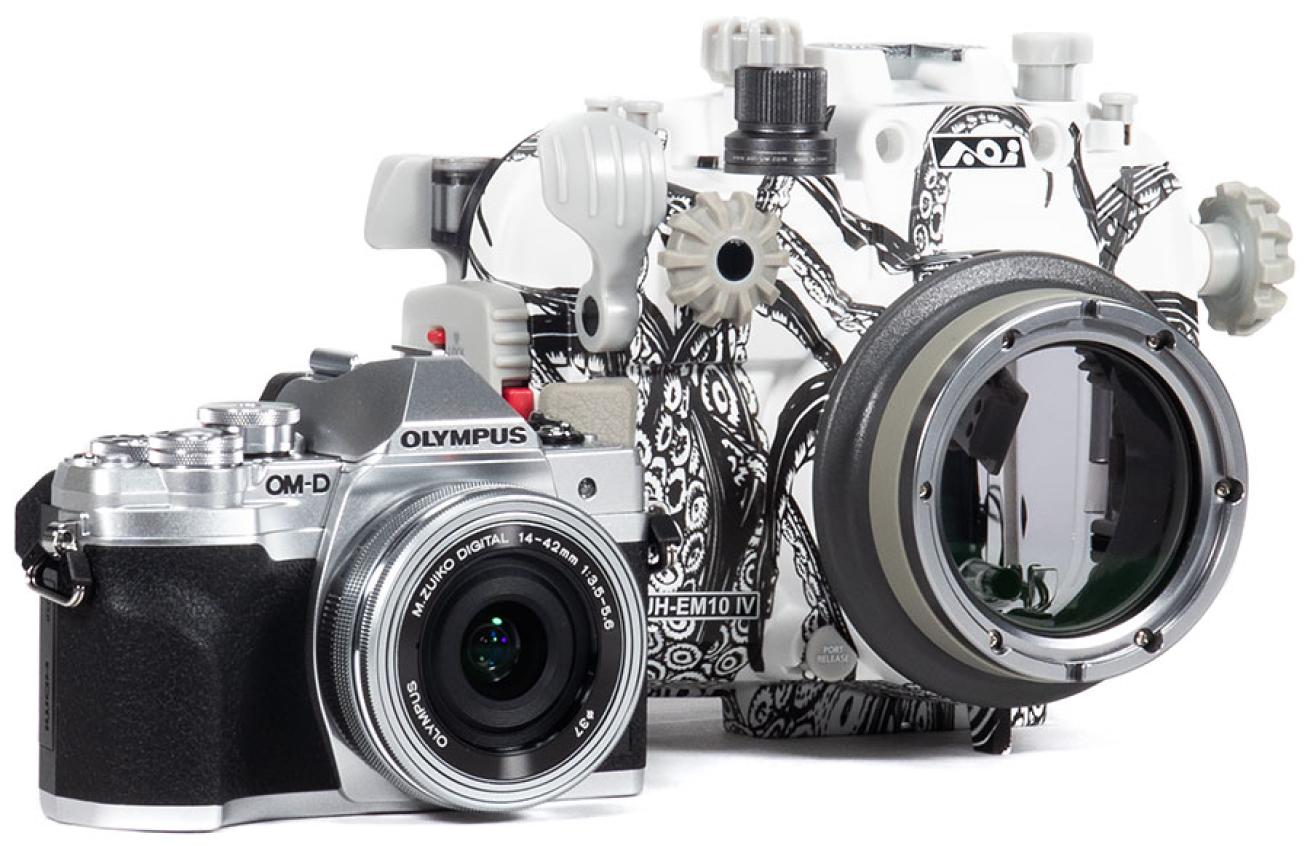
BackscatterOlympus OM-D E-M10 Mark IV with Backscatter Octo Housing
One of the biggest hurdles to cross when starting out in underwater photography is finding that delicate balance between quality and cost. Nobody wants to drop the cost of a small car on a new camera rig to find out they don’t actually enjoy shooting photos. This is where the Olympus E-M10 Mark IV comes in. When equipped with Backscatter’s Octo housing, it is hands down the best bang for your buck on the market. For roughly $1500, you get a solid mirrorless interchangeable lens camera with a vacuum lock and strobe-ready housing. There is no other system currently on the market that can compete in that price range while offering the same great specs.

Jim Decker, BackscatterWide angle images on the EM10 have great dynamic range and beautiful vibrant colors.
The E-M10 IV packs many features into a camera about the same size as a high-end compact camera. Best of all, it is a system that will grow with you as you learn photography, so there is no need to upgrade in a year. There are all sorts of lens and port configurations for expanding into different photo styles, from macro to fisheye to telephoto zoom and beyond. Its 20.3-megapixel Micro Four Thirds sensor provides great details and vibrant colors while not blowing out highlights or creating noisy shadows. Plus, the E-M10 offers a full manual mode that gives you complete control over your shots and allows you to progress on your photography journey, something its little brother, the TG-7, lacks.
Sony a6700 With Nauticam Housing
Who’s it for: Those who want best-in-class imaging and the latest technology to push the limits of their photography to the next level.
Type of camera: High-end Crop Sensor Mirrorless camera
Price with housing: $4000 and up
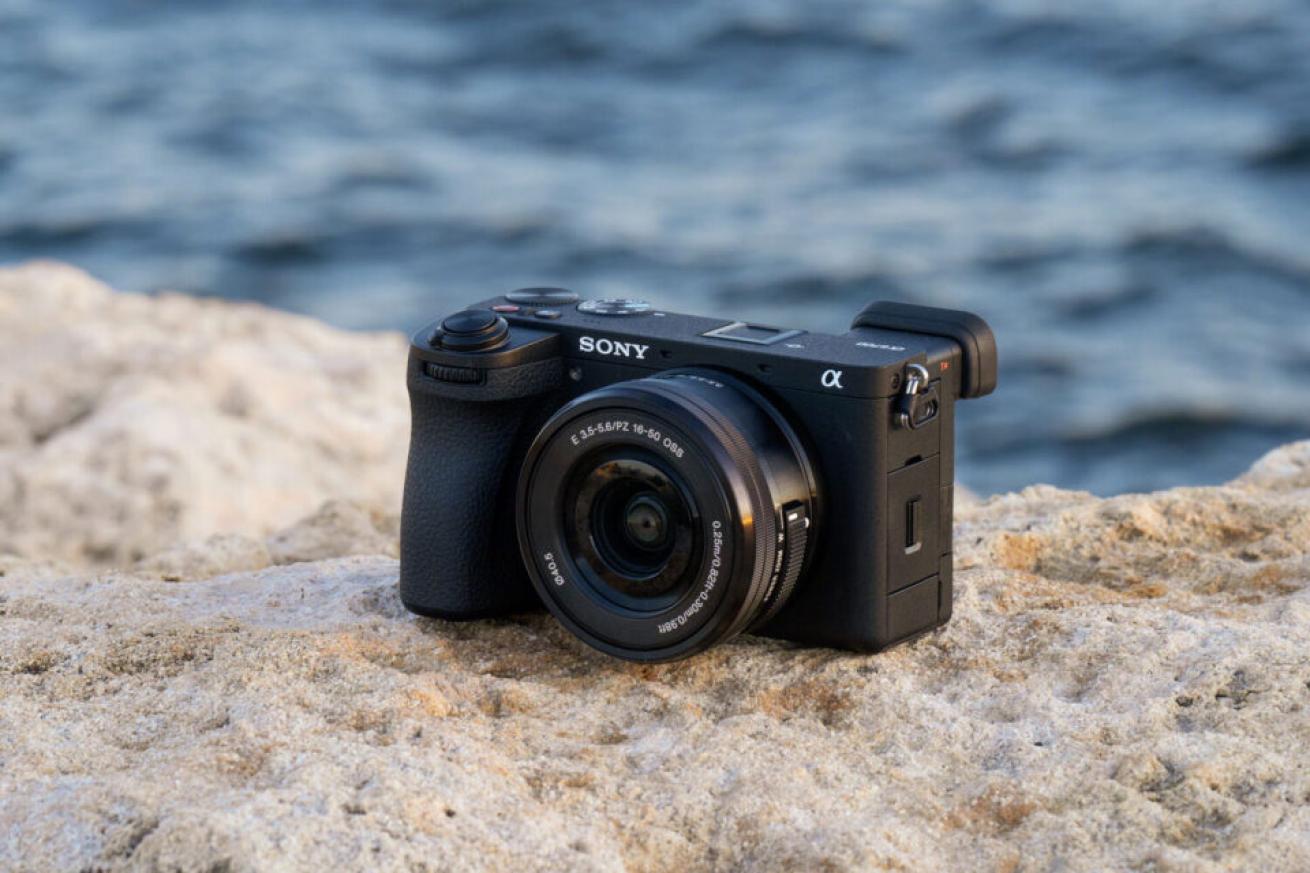
SonySony a6700
Sony’s new crop sensor mirrorless camera hit the market in September 2023 and has already made big waves worldwide. The a6700 boasts a 26-megapixel APS-C CMOS sensor coupled with Sony’s same AI-driven autofocus system that is found in their new professional-level cameras. This autofocus system is incredible. It can recognize whether you are taking a photo of a dog, an airplane or a human (as well as so many more things), then tweak the focus in real time to get the best shots. Many have claimed Sony’s AI autofocus system is the best in the industry. The a6700 also shoots beautiful 4k video up to 120fps, creating new opportunities for those who like to shoot photos and video.
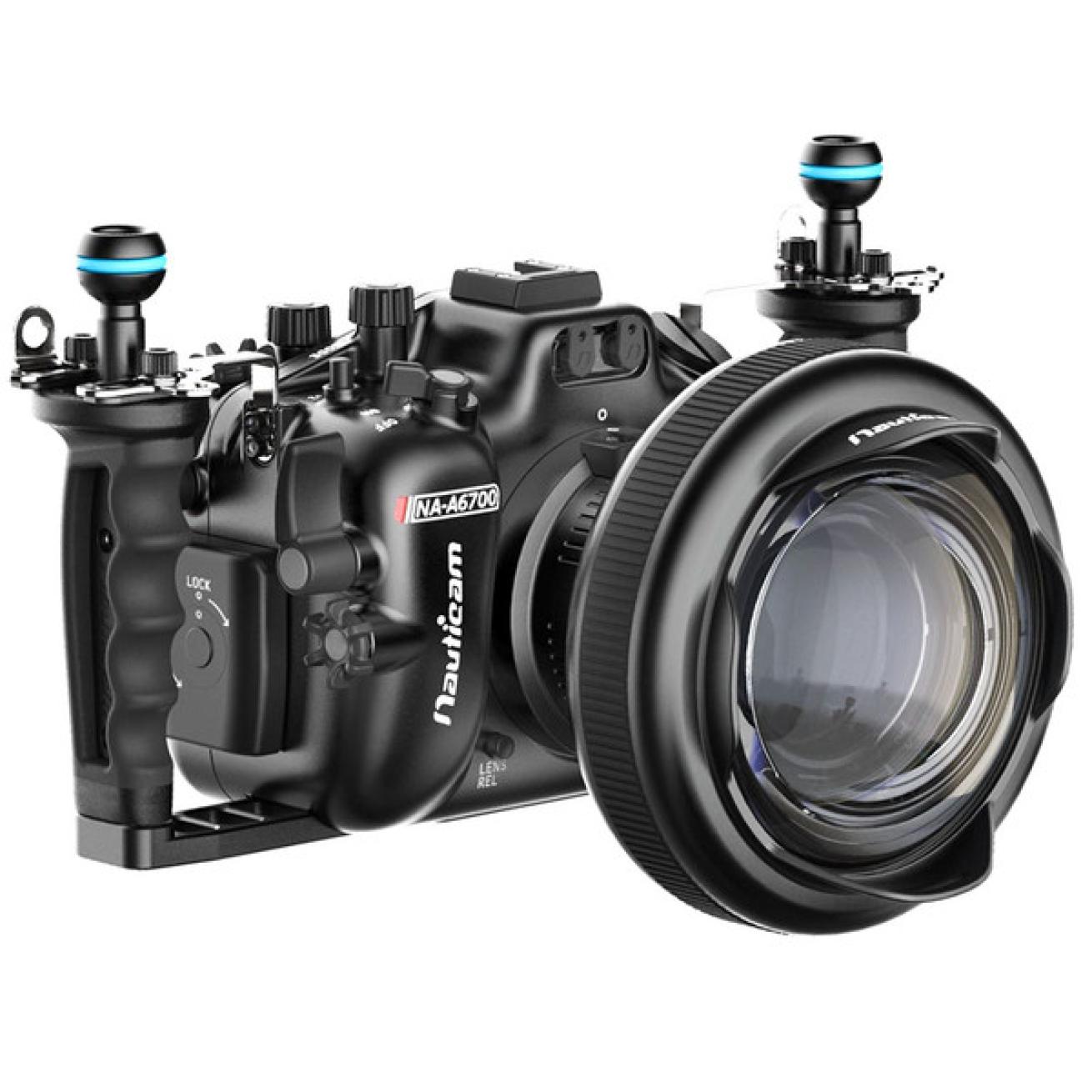
NauticamNauticam housing for the Sony a6700
The Sony a6700 comes packed with a wealth of features and specs, making it one of the best crop sensor mirrorless cameras on the market. Of course, this comes at a higher price than the other options on our list. The camera body with a kit lens costs about $1500. There are currently two housing options: Nauticam’s a6700 housing prices at $2513 and Ikelite at $1195. This setup is for those looking to get serious with their photography or videography and who want best-in-class imaging without jumping up to larger full-frame camera systems.
Related Reading: Guide to Choosing Lenses for Your Underwater Camera
OM Systems TG-7
Who’s it for: Those who prefer to use a camera’s auto modes for photos or simply want to capture easy memories of their dives.
Type of camera: Budget compact camera
Price with housing: Around $900

BackscatterOM Systems TG-7 with housing
The Olympus TG series has long held the title of one of the best entry-level compact cameras in the diving world. OM System, formerly Olympus, has recently made minor tweaks and released the new TG-7. Since it is a compact amphibious camera, it’s small and can get wet without the housing. Although, it’s best to have it in the housing for extra protection. It offers a 12-megapixel sensor and can shoot 4k video at 30fps. The TG excels at macro photography with its awesome microscope mode. For larger subjects, you’ll most likely want to use a wet wide-angle lens to attach to the housing to convert the camera's field of view to a wider angle.
The TG-7 also has some great auto modes, including a specific one for diving, which makes it easy to pick up and use without having to learn how to control camera settings. But this is a bit of a double-edged sword. Having complete control of a camera’s settings is what improves the quality of shots you take. While the TG offers some control, it does lack a full manual mode. But this camera is excellent for those who want to capture quick snaps or memories of their dives and aren’t super interested in going deep into learning photography.
GoPro Hero 12 Black
Who’s it for: Those who want a simple solution to capture videos of their dives and don’t necessitate having full control over their settings.
Type of camera: Action camera
Price with housing: Around $500
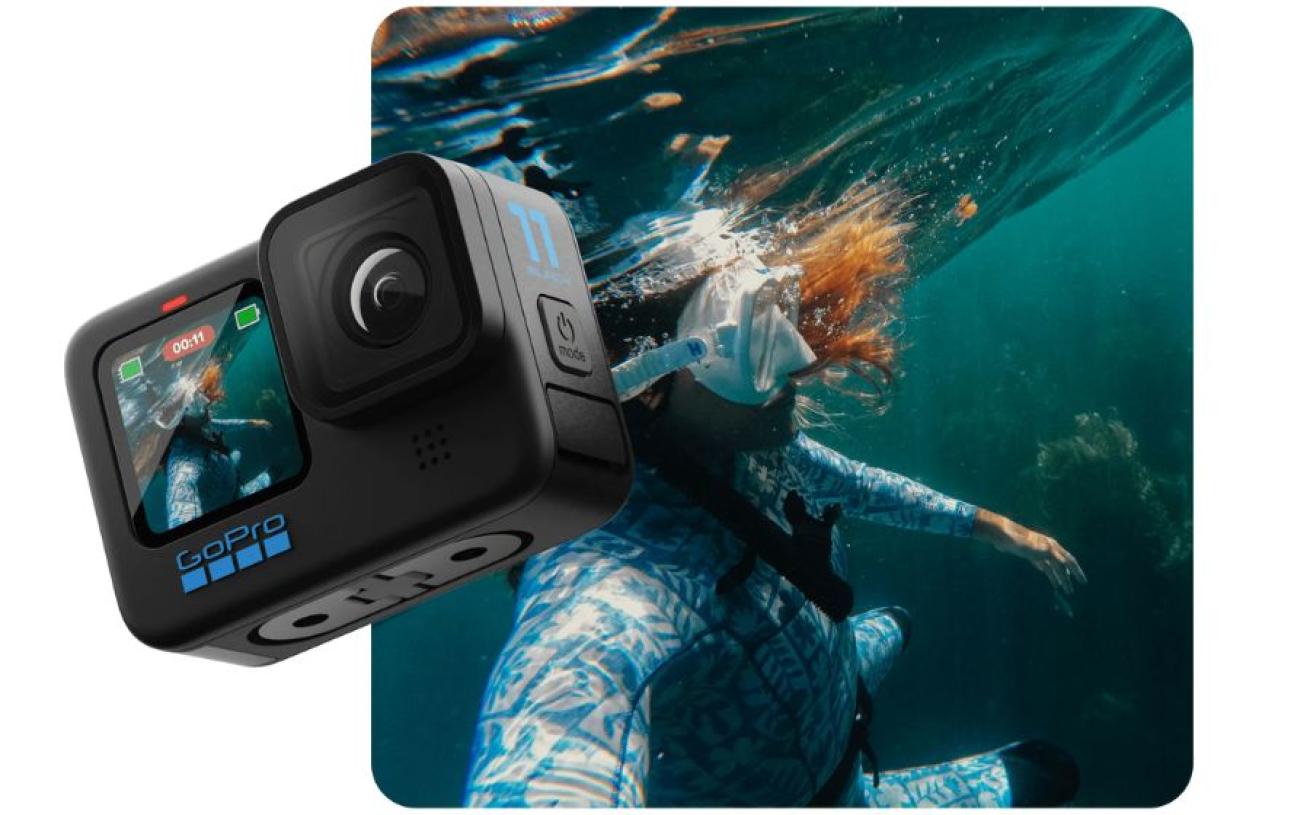
GoProGoPro has dominated the action camera market for ages
GoPro has dominated the action camera market for ages, and their Hero 12 continues this legacy. Action cameras make recording videos very simple, as you only have to press record. The Hero 12 has a wealth of features, such as recording 5.3k at 60fps, 4k at 120fps, HyperSmooth 6.0 video stabilization, an ultrawide 156-degree field of view and more. One of the things that has stood out is how it handles color correction underwater. Every action cam has struggled with this in the past, but GoPro seems to be making great moves forward with the technology. In shallow water, the Hero 12’s color correction shines, giving true-to-life color and white balance.
Action cameras are a great starting point for those who want to capture video of their dives without delving into settings like shutter speed and aperture, etc. However, similar to the TG, not having full control of the camera can limit how creative you can get with your shots or the quality of imagery you can produce. Action cameras and compacts like the GoPro and TG also have smaller sensors, which produce other drawbacks, such as not giving the best quality in low-light situations (i.e. underwater.) So, while the GoPro Hero 12 is an awesome action camera and super easy to use, it doesn’t allow you to grow with the camera if properly learning cinematography is your goal. However, if your goal is just to capture easy video of your dives without worrying about controlling camera settings, then it is an awesome option.
SeaLife SportDiver or Oceanic+ Smartphone Housings
Who’s it for: Those who love using their phone for photos and videos
Type of camera: Smartphone
Price for housing: $350-490 USD
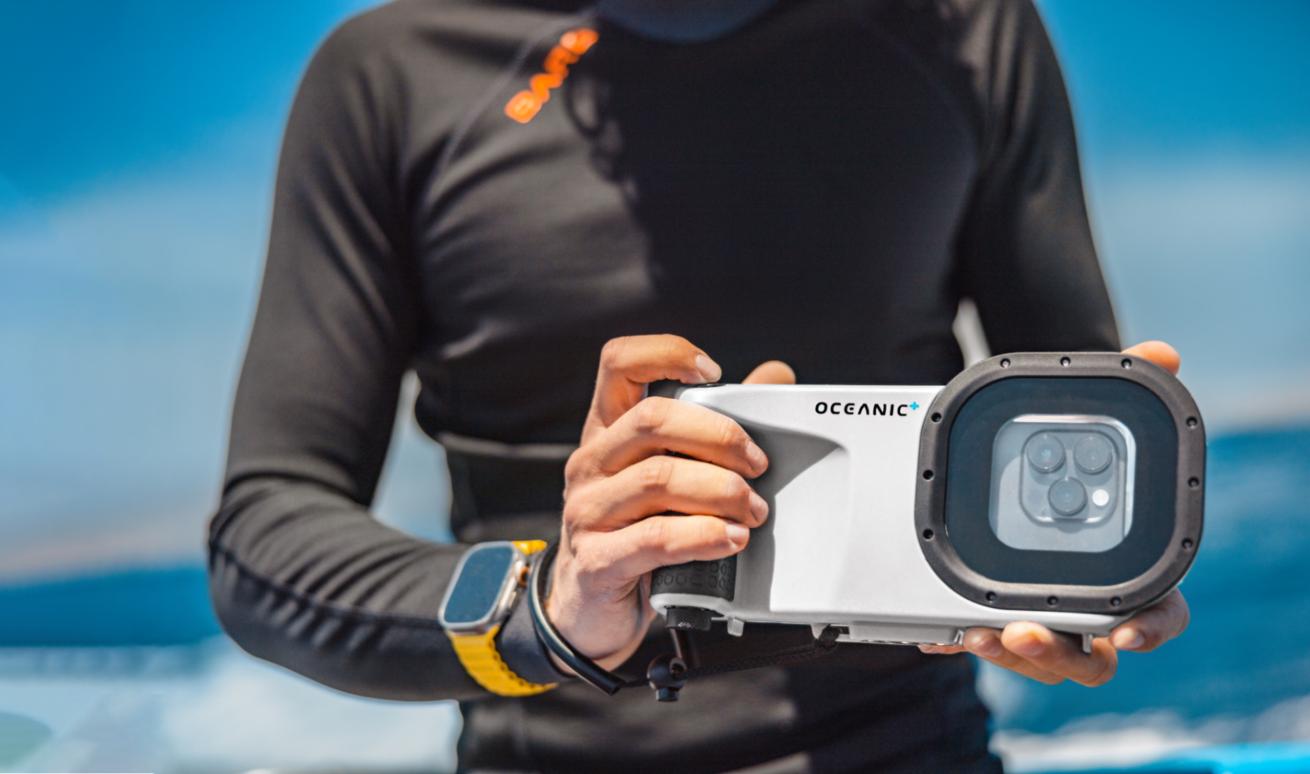
Courtesy OceanicOceanic+ iPhone housing
Now, let’s be real: many divers don’t really want to drag around a camera on their dives or have to pack it up and travel with it. That’s totally understandable. Most of us are also already comfortable with taking photos on our phones. This is where smartphone housings come in. They allow you to take your phone underwater and use its camera function to take photos or videos of your dives.
Candice LandauImage taken with iPhone inside SeaLife SportDiver housing
Believe me when I say there are a lot of smartphone housing options out there! The SeaLife SportDiver and Oceanic+ are just two of the many options available. I like that they both offer a vacuum system to seal the housing to protect it from leaking underwater—offering you a little bit more peace of mind when taking your phone in the water. Both options also link with your phone, allowing you to use buttons on the underwater housing to change settings instead of the touch screen.
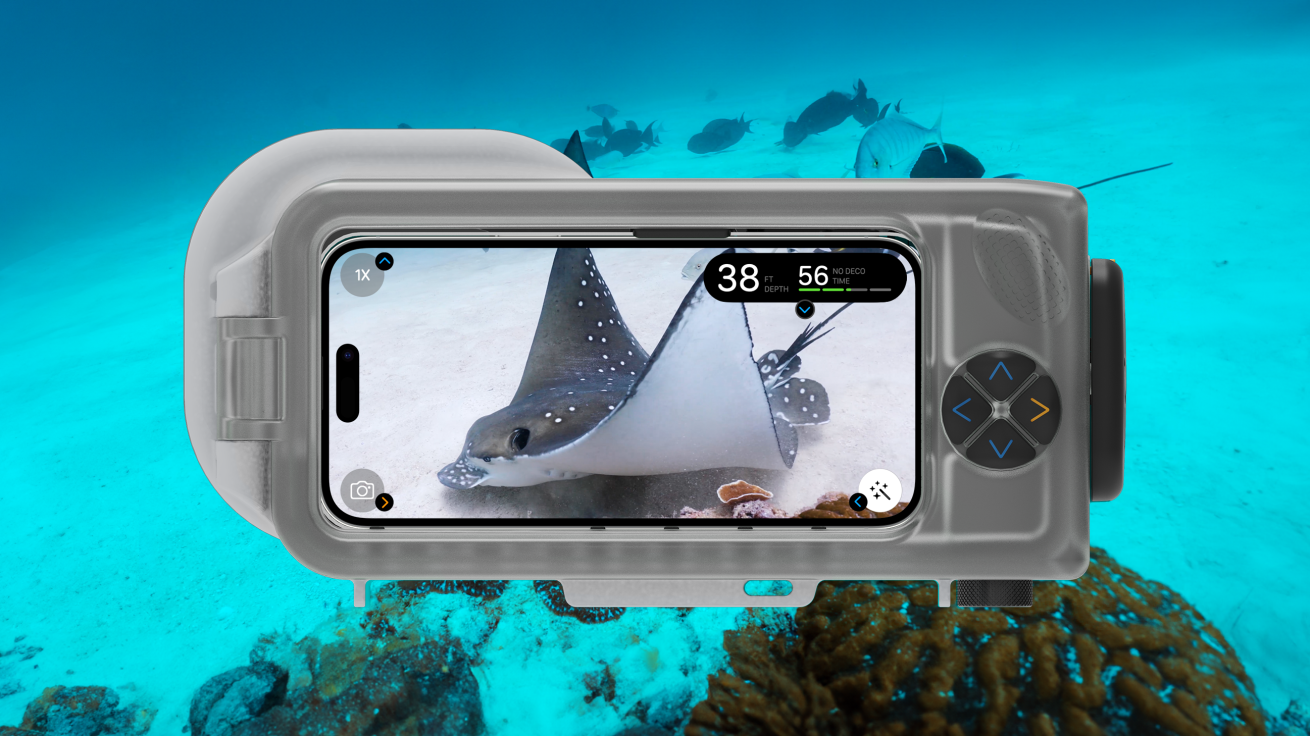
Courtesy OceanicThe Oceanic+ app with dive housing your iPhone becomes an underwater camera and dive computer.
Using the Oceanic+ housing with the Oceanic+ app, your iPhone transforms into a dive computer–giving you real-time information such as current depth, ascent rate, no decompression limit and more. This is a great feature for added safety while using a camera underwater. The app also makes it easy to remember what dive site you took your photos.
Related Reading: Three Waterproof Camera Cases for Phones
As you might now realize, there are almost endless options for cameras and configurations for underwater photography. What it comes down to is which system best accomplishes your personal goals. Maybe photography is something that really interests you, and you want to learn to take amazing shots and figure out the best settings. Or maybe you just want something easy to capture those awesome encounters and adventures. Before jumping into buying something, take a minute to think about what goal you’d like the camera to help you accomplish. It will help you to decide what the best option is for your specific journey.
Feel free to shoot me a message on Instagram for questions and tips on building your first rig! And don’t forget to tag me in your posts so I can see all the awesomeness you create. It’s been amazing to hear how this article series has been helping some of you out there! Till next time, keep rocking those shots, and I’ll see you next month, ninjas!
Ask a Pro Photographer is a monthly column where Jay Clue answers your questions about underwater photography, cinematography, and conservation storytelling. Topics are chosen from a monthly social media session with Jay on Scuba Diving Mag’s Instagram. If you have a question you’d like answered in a future Ask a Photographer column, join us on Instagram at @scubadivingmag the last week of every month or submit your questions online via the form here.

Cecilia Mar RuizJay Clue
Jay Clue is an accomplished photographer, educator, and conservationist who uses captivating photography combined with passionate storytelling to inspire people around the world to cherish and preserve the natural beauty of our planet. His photos have appeared in a multitude of both print and digital media platforms, including Newsweek, National Geographic, Afar, Oceanographic, and many more — as well as for major brands such as PADI, Sony, NOAA, and the list goes on. When not working on commercial projects, he shares his passion for photography and conservation by teaching workshops and leading unforgettable experiences with wildlife around the world.
Follow him at @jayclue on Facebook and Instagram, where he’s always happy to answer your questions and chat about photography.

